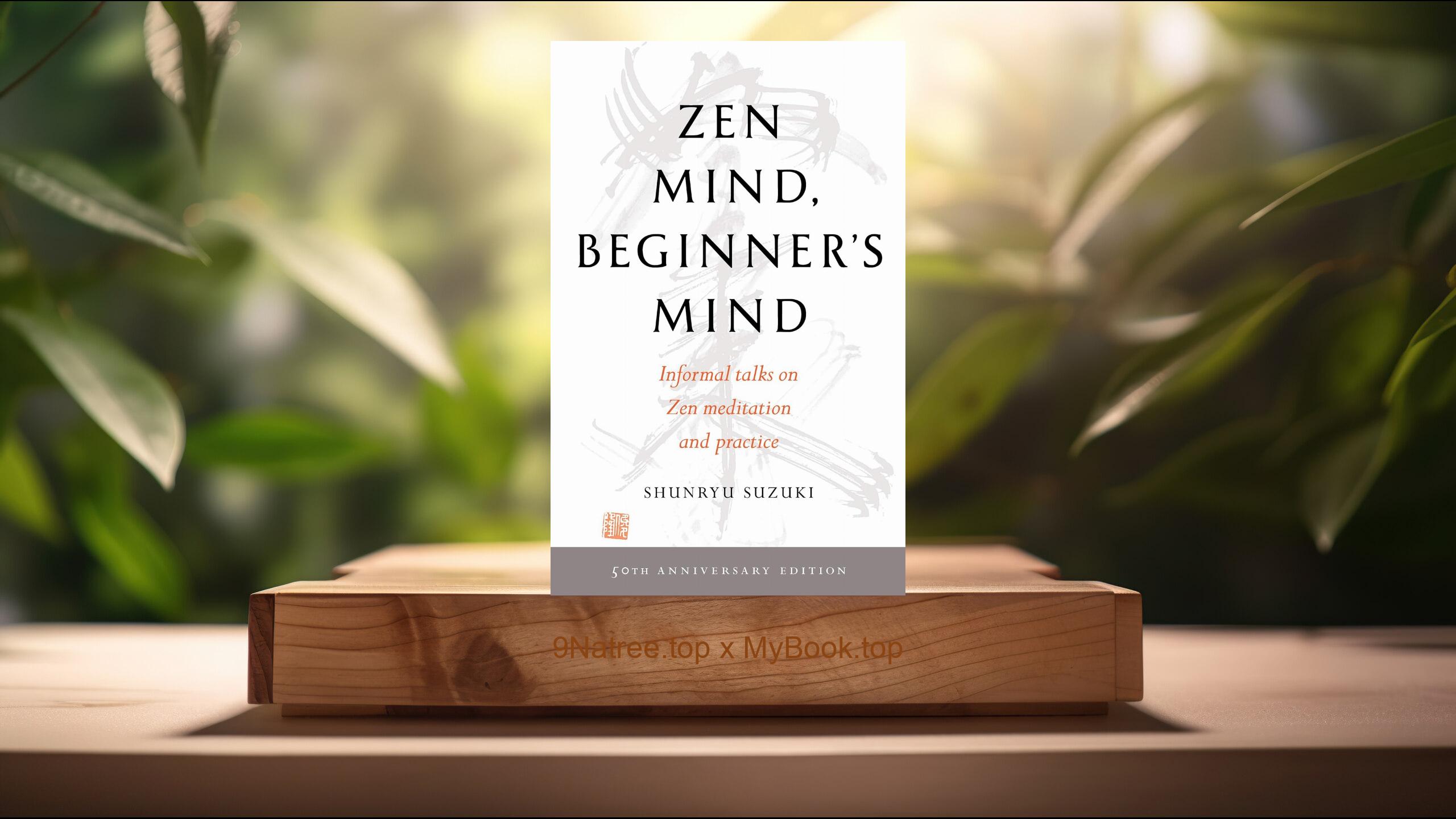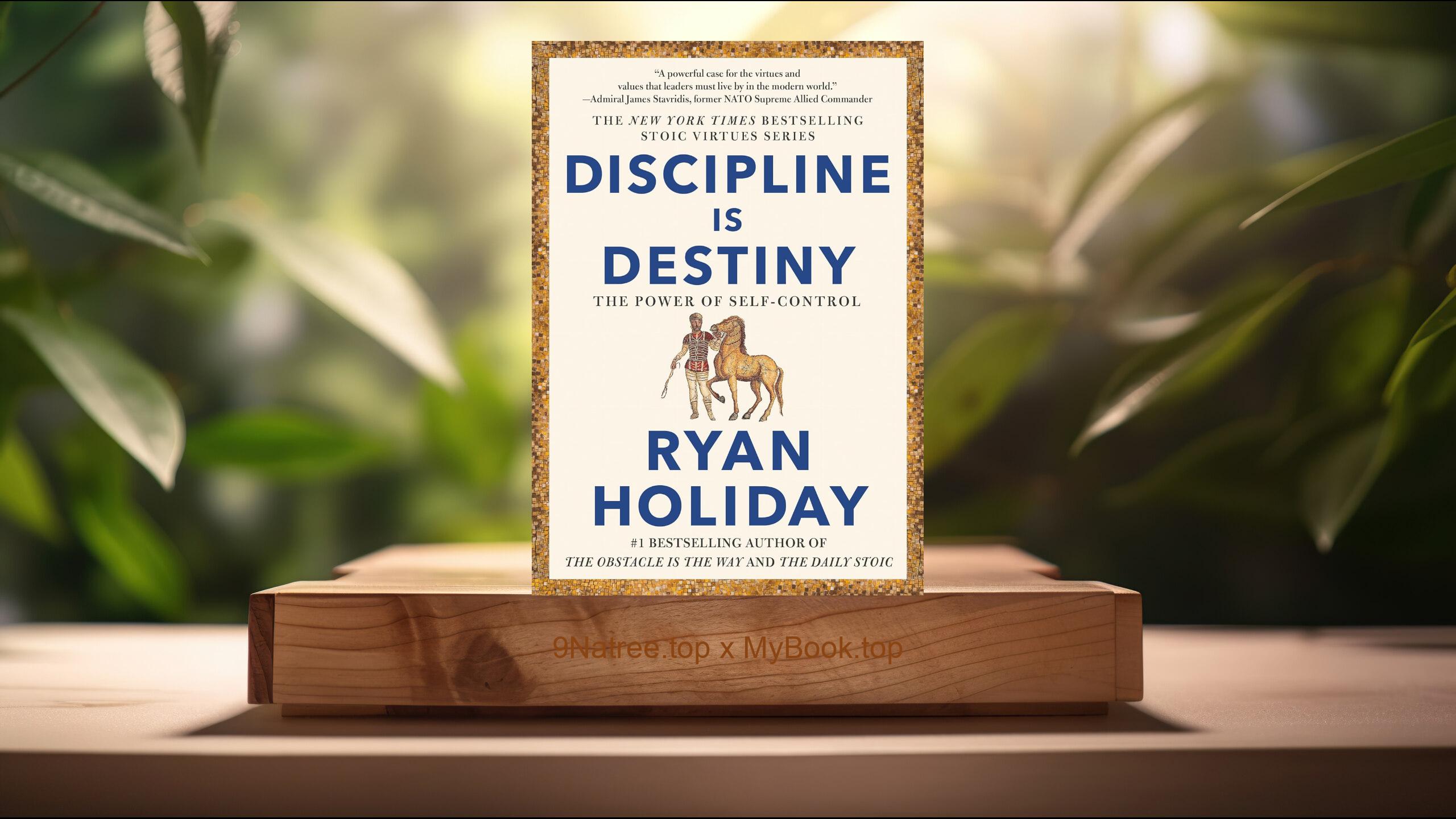Show Notes
- Amazon USA Store: https://www.amazon.com/dp/B002ZAJITW?tag=9natree-20
- Amazon Worldwide Store: https://global.buys.trade/Diana%3A-Her-True-Story-in-Her-Own-Words-Andrew-Morton.html
- eBay: https://www.ebay.com/sch/i.html?_nkw=Diana+Her+True+Story+in+Her+Own+Words+Andrew+Morton+&mkcid=1&mkrid=711-53200-19255-0&siteid=0&campid=5339060787&customid=9natree&toolid=10001&mkevt=1
- Read more: https://mybook.top/read/B002ZAJITW/
#PrincessDiana #AndrewMorton #Britishmonarchy #royalfamily #mentalhealth #mediascrutiny #humanitarianwork #biography #Diana
These are takeaways from this book.
Firstly, Inside the Royal Marriage, At the heart of Mortons narrative is the mismatch between fairytale expectation and lived reality in the marriage of Diana and Charles. Through her recorded reflections, we see a relationship strained by differing temperaments, unequal attention, and unresolved attachments. The book traces how early hopes gave way to loneliness, highlighting the complexity of navigating tradition, duty, and the need for emotional safety. Diana describes efforts to create connection and to fit within royal protocols, only to encounter silence or misunderstanding. Morton details how the public myth of perfect union clashed with private pain, and how that gap intensified over time. Importantly, the account does not simply sensationalize conflict; it explores how unmet needs and institutional pressures compounded personal hurt. The portrait that emerges is not of a single failing but of two people caught in a machine larger than themselves. This context helps readers grasp why the marriage faltered and how the fallout reshaped the monarchy and public opinion.
Secondly, Mental Health and Bulimia, One of the most courageous aspects of the book is its forthright treatment of Dianas mental health, especially her struggle with bulimia. Morton presents her account of the disorder not as a salacious revelation but as a lens into stress, isolation, and the search for control in an environment that prized perfection. Diana connects triggering events to disordered eating, describing cycles of shame and secrecy alongside attempts to seek help. By giving space to these experiences, the book destigmatizes mental health challenges and emphasizes the importance of acknowledgment and support. Beyond personal disclosure, Diana reflects on empathy gained from her own pain, which later informed her compassion for those facing illness or stigma. Morton balances clinical clarity with humane insight, showing how treatment, self knowledge, and advocacy gradually reframed her relationship with her body and her public platform. This topic remains one of the book’s most enduring contributions to public conversations about wellbeing and the hidden costs of celebrity.
Thirdly, Media, Image, and the Price of Fame, Morton explores the paradox of a woman adored by millions yet often denied privacy or agency over her own story. The book charts the evolution of press attention from fairy tale fascination to relentless intrusion, with paparazzi culture amplifying both glamour and vulnerability. Diana reflects on learning to navigate a media landscape that could be merciful or merciless, and how she gradually recognized the power of storytelling to advance causes. The narrative shows how curated images sometimes masked deeper struggles, while selective leaks and spin fed a cycle of speculation. Morton also illuminates Dianas growing media literacy, including moments when she used public attention to highlight humanitarian work, even as the exposure took a personal toll. This topic offers timely lessons about modern celebrity, information ecosystems, and the ethical boundaries of reportage. Readers are left to consider how fame can both imprison and empower, and why controlling one’s narrative can be a matter of survival.
Fourthly, Motherhood and Compassionate Leadership, Beyond the palace and the press, the book centers Diana as a mother and as a figure of radical empathy. Morton recounts her commitment to giving William and Harry as normal a childhood as possible, including school runs, shared routines, and firsthand experiences of the world outside royal gates. These choices dovetailed with an expanding humanitarian vision. Diana connected with people others overlooked, visiting hospitals, hospices, and organizations supporting those with HIV and AIDS or facing social stigma. The narrative emphasizes touch, presence, and dignity as tools of leadership, showing how small acts of kindness can rewrite public perceptions and reduce fear. Motherhood was not a counterpoint to her public work but its foundation, informing a style grounded in listening and human connection. By framing empathy as strategic strength, Morton shows how Diana converted pain into purpose. This perspective invites readers to see compassion not as softness, but as a discipline that can change institutions and lives.
Lastly, The Tapes, the Author, and the Book’s Impact, Morton structures the book around confidential audio recorded with the help of an intermediary, allowing readers to encounter Dianas perspective with unusual immediacy. He explains his editorial method, contextualizing claims within verifiable timelines and established reporting. The approach raised ethical questions at publication, yet subsequent confirmations strengthened the work’s credibility as an essential primary source for modern royal history. By centering her words, the book reframed how the public understood power, privacy, and the cost of image making. Its impact rippled beyond gossip, prompting debates about institutional accountability and the duty of care for individuals inside rigid systems. The narrative also marked a turning point in how public figures might assert agency over their stories. In literary terms, Morton balances investigative rigor with an intimate voice, crafting a document that is both testimony and analysis. The result is a work that altered the conversation about the monarchy and reshaped expectations for transparency in public life.
![[Review] Diana: Her True Story in Her Own Words (Andrew Morton) Summarized](https://episodes.castos.com/660078c6833215-59505987/images/2209077/c1a-085k3-gp9v2nvjfd37-fwmmaf.jpg)




